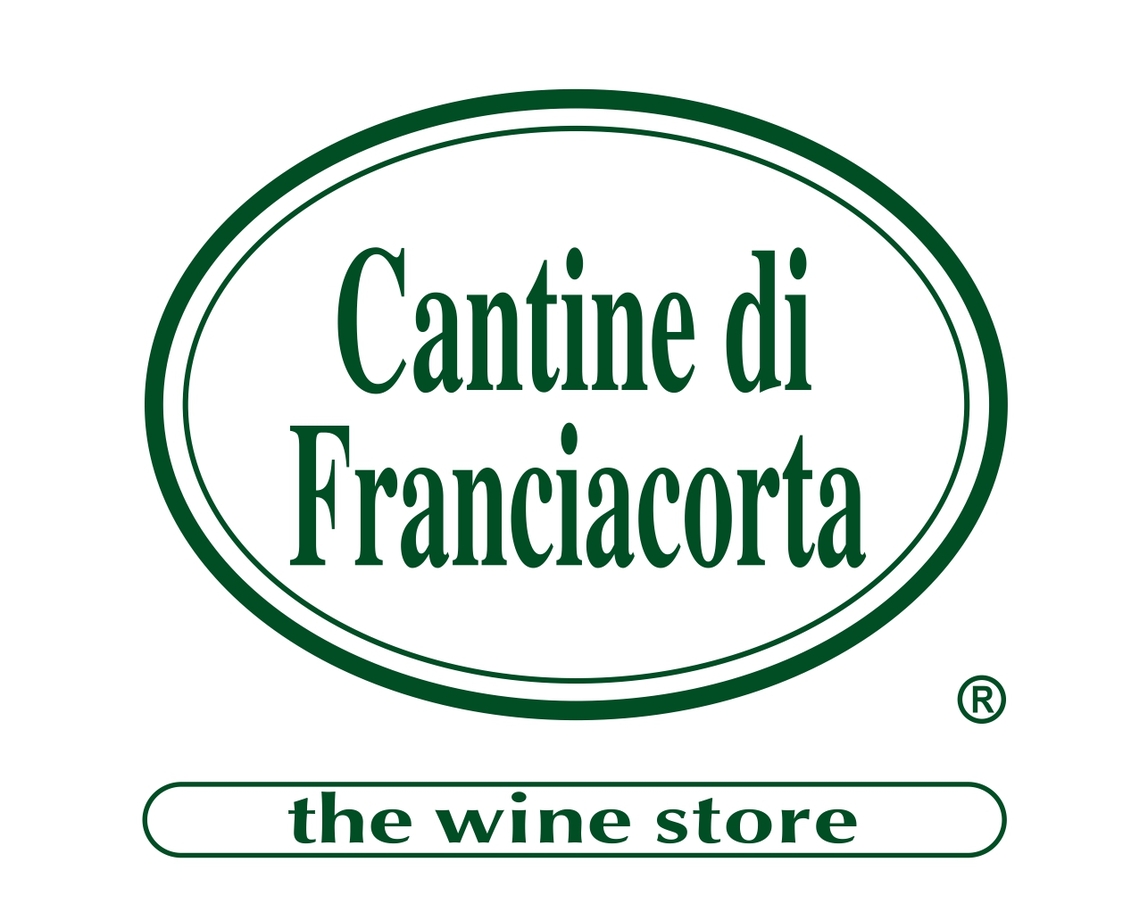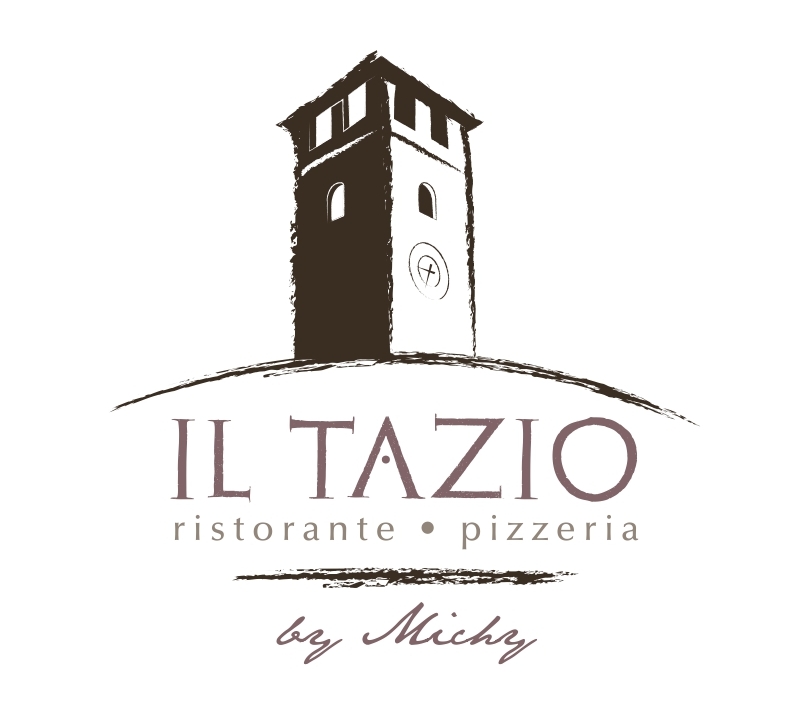Church of San Gregorio in Toline
The church of San Gregorio in Toline, located in a small churchyard, like a balcony on the lake, was originally a chapel which in 1430 still depended on the rural church of Pisogne; later (before 1463) it became autonomous and took on the title of parish church. There are mentions in the acts of the pastoral visit of Bishop Pandolfini (1562) of two side altars dedicated to St. Stephen and Our Lady. Bishop Pilati (1573), among other provisions, ordered the whitewashing of the walls where there were no frescoes. The state of poverty of the building, perhaps given the small number of the population that could contribute to supporting it, is documented in the report by Giorgio Celeri (1578): the bell tower was not finished, there were no tabernacle or sacristy, the baptistery was not of a suitable shape, the floor and the roof were disconnected and water was leaking inside. Carlo Borromeo (1580) ordered the construction of a baptistery near the sacristy, the extension of the high altar providing it a decent altarpiece, plus various structural interventions and purchases of equipment, but nothing was completed due to lack of money. The building underwent architectural modifications under the care of the parish priests Ludovico Belleri (1682-1692) and Vito Piazzoni (1692-1708).
The church faces the lake and the sanctuary faces south-east. The façade boasts a pleasant decorative solution: the austere 17th Century layout with a gable at the top supported by giant sized pilasters, both decorated with plaster, is enhanced by a mullioned window featuring extensive adornments in Sarnico stone. The broken gable portal is made of the same material with the central low relief of St. Gregory surmounted by the symbol IHS. On the right side there is a portico, supported by stone columns with round arches, open on two sides; on the wall one can see the remains of a large 1504 fresco of St. Christopher that is well suited to the position, as the structure could possibly have been a shelter for travellers transiting from the Zone pass.
The single-nave interior is embellished by a number of 18th Century works, but the work done over the past decades have brought to light various additional frescoes, the work of at least three distinct artists; dated mostly between the 15th and 16th Century, they testify the previous phase of the building and bring to mind images seen and mentioned in the pastoral visits in the 16th Century. The subjects are mostly the holy healers and protectors against the plague such as Roch and Sebastian, but there are also other saints such as Apollonia and a character with long dress which is perhaps St. Pantaleon. In particular a fresco seems to reproduce the scene of Saint Roch and the Saints Sebastian and Pantaleon on the sides, standing on a landscape view, according to a scheme also present in the fresco found in the Oratory of Peschiera Maraglio in Monte Isola.
The marble high altar is by Giacomo Selva from Riva di Solto, built in 1708/9 (which underwent some modifications in the 20th Century). The Fantoni workshop provided the work for the wooden choir in 1709 and, in 1740, for a ciborium with two angels, which is now positioned crowning the altar.
Andrea Fantoni was responsible for the spectacular high altar soasa (painting frame) project, commissioned in 1730-1731 and completed by 1756. The altarpiece, attributed to Bernardino Gandino, represents the Enthroned Virgin and Child with Saints Rocco, Gregory, Bartholomew, and Sebastian.
Positioned in a lavishly decorated chapel with outstanding quality plasters, the altar of Our Lady – Giovanni Canavale and Giacomo Selva, 1708-1709 – has an exceptional frontal and marble elevation; the Virgin and Child in the niche is a precious carving work by Andrea Fantoni; everything is enhanced by the series of small oil on copper paintings, featuring the Mysteries of the Rosary. Two discrete paintings are hung on the walls, perhaps by Giovanni Chizzoletti, representing St. Catherine of Siena and St. Dominic. In the vault of the single nave and sanctuary there are frescoes by Domenico Voltolini.
Federico Troletti
For more information:
BERTOLINI A., PANAZZA G., Arte in Val Camonica. Monumenti e opere, vol. III, parte 2^, Brescia 1994, pp. 658-697.
BIANCHI A., MACARIO F., In loco de Pisoneis, Gianico 2008, pp. 108-113.














